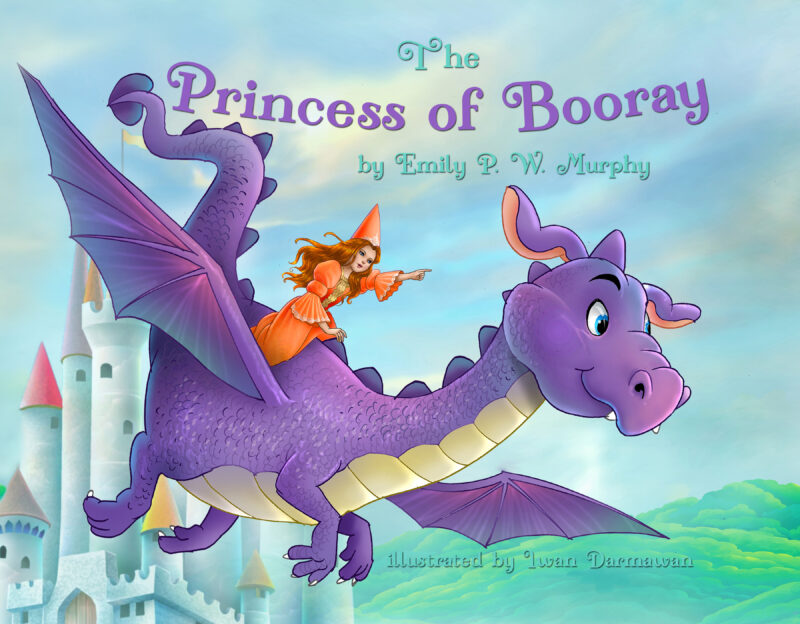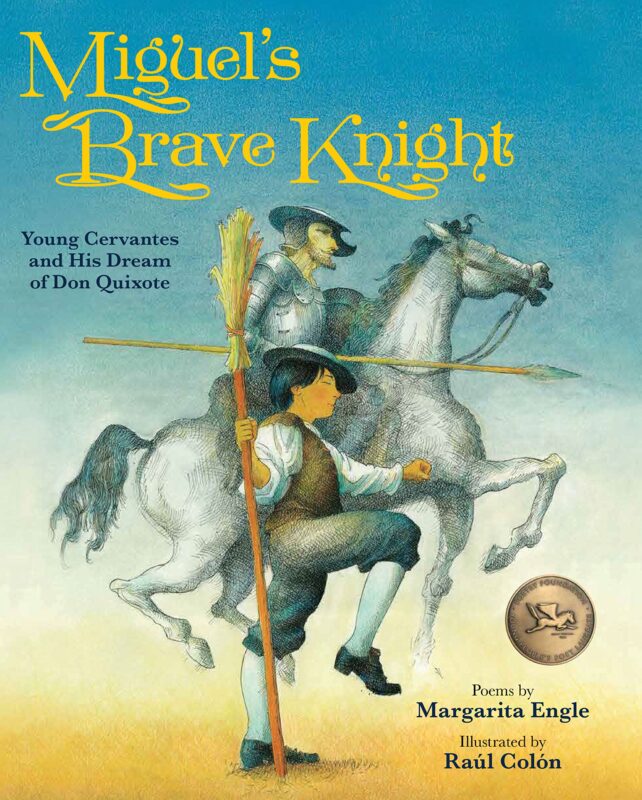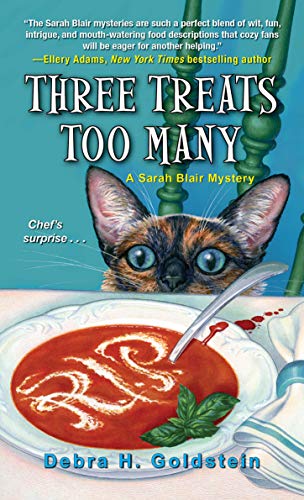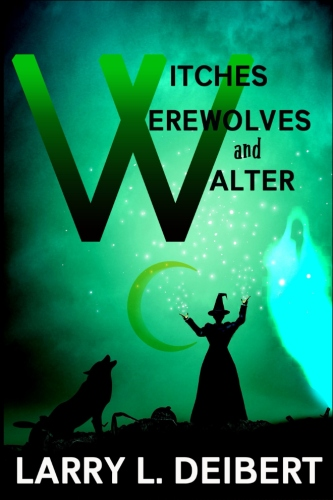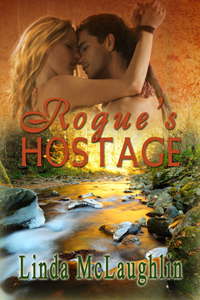Pantser in Need of a Serious Intervention by DT Krippene
March 13, 2019 by Bethlehem Writers Group in category From a Cabin in the Woods by Members of Bethlehem Writers Group tagged as DT Krippene, pantser, writing
From a Cabin in the Wood featured author is DT Krippene. DT is a contributing author in the recent BWG’s paranormal anthology, Untethered. A man buys a house for a price that is too good to be true, until he discovers the bizarre strings attached in “Hell of a Deal”. He’s also contributed articles for the Bethlehem Round Table Magazine with “Snowbelt Sanctuary”, and “In Simple Terms”.

A native of Wisconsin and Connecticut, DT deserted aspirations of being a biologist to live the corporate dream and raise a family. After six homes, a ten-year stint in Asia, and an imagination that never slept, his annoying muse refuses to be hobbled as a mere dream. DT writes dystopia, paranormal, and science fiction. His current project is about a young man struggling to understand why he was born in a time when humans are unable to procreate and knocking on extinction’s door.
You can find DT on his website and his social media links.
Facebook
Twitter
Pinterest
Pantser in Need of a Serious Intervention
by DT Krippene
If you’re a writer, you’ll recognize the term pantser, defined as writing by the seat of your pants, or someone who writes without an outline, without plotting, and without a clue. Smart writers are plotters. I’m a hardcore pantser, which suggests I’m not very smart. It’s that irking process of plotting chapters that eludes me.
Have you ever tried to organize one those squirrel folks who is easily diverted by the slightest interruption? Yeah, I’m one of those. Hell, I can’t fart and not get sidelined.

Trust me, I’ve tried to plot. I possess a veritable library of files for the books I write. Even downloaded one of those cheat-sheets to systemize the chaotic asylum of my story-writing brain. So, what the heck is my problem? I’m a meticulous note-taker by habit, but that voluminous archive is a realm I rarely ever revisit. I often forget I made notes. Too busy writing.
We have a real nice office on the first floor, with great views of the garden. I let my wife use it. Last thing I need is to settle into a hypnotic stare at house wrens warbling for a mate. I can ponder a barren tree in winter for no reason at all. Why? Because it’s there. My office is in a windowless basement room painted grade school green; just me and the radon (I didn’t choose the color).
And music? Forget it. Writers love to share what music feeds the muse when writing. Stephen King claimed in his early years, he wrote best when listening to ear-blistering rock tunes. I’d never been one of those kids who did homework with an album playing and the TV on. Who can concentrate with all that racket? Don’t get me started on the internet, and that infernal necessity for all budding authors, Social Media.
Many of my author buddies advocate programs like Scrivener. I gave it a shot and found myself managing the program rather than actual writing. Ever see the movie A Beautiful Mind, and the scene where concerned friends stumbled upon a place wallpapered with Dr. John Nash’s schizophrenic notes? I don’t claim to have a beautiful mind, but my desk looks a lot like that setting.
Write a synopsis first, experts say. Been there, done that. I’ve spent hours, days, crafting the perfect outline for a story. For ease of reference, let’s say the original premise was to create a bird. By the time I finish–behold–I have a monkey.
For me, I have it all in my head, and what a meandering gauntlet it is. I always know how a story starts and how it ends. Tying the two together is where the real work is. Think of it like planting a tree many miles away, then planning the shortest distance between two points to get home. I’m a curious Bill Nye trapped in the Mad Hatter’s head. I don’t take the simplest route. It’s like taking a trip to visit relatives in Philadelphia–via Canada.
When I begin a new scene, I read the previous chapters to get in the groove, jot-down a few notes, then start ‘dem engines. Four to six hours later, I’ve got a mishmash of narrative, dialogue, and action that bears no resemblance to the original idea.
How did the train end up at a different station? I fall deep into a scene, fully embody the character, and speak aloud the dialogue. You talkin’ to me? I go one way, maybe say “Nah”, do a heel-spin and meander in an alternate direction. I experiment and sift through what fits best. Next day, I re-read the new material, and either modify it, or toss it completely. I swear, some days, I read the result of a prior session and wonder if I’d forgotten to take my meds before I wrote it. Believe me when I say that I can write 10K words, and trash seven. It’s not very productive. My process is like rinsing chia seeds in a colander and losing half the seeds.
It’s not like I can’t reach the goal line. I work at it like a job and write almost every day. I’ve finished several books. Believe it or not, I completed one in less than six months (boy, did that one suck). Good thing I don’t get job reviews.
What I needed was an intervention. It came in the most unexpected way.
My wife visiting relatives, the house to myself, I took a yellow pad, handwrote chapter bullet points of what I’d already created. Then I entangled the knotted string of scenes (actually, it was more like taking a scissors to it). Suddenly, it made sense.
How could such a simple exercise work when it hadn’t before? When handwriting, I grip the pen with the force of a hydraulic car crusher, and Sumerian cuneiform is easier to read than my handwriting. Therefore, I type everything to prevent creating blisters. I have the ability to type as fast as I think, generating all my notes and storyboards on the word processor. The V8 clue–type as fast as I think, where all I’m doing is transcribing the spaghetti grid of my creative mind that has worse synaptic traffic than Atlanta’s notorious Tom Moreland Interchange.
Writing legibly switched off the lottery ball spin of disordered thoughts. It wasn’t easy at first. The creative muse was halfway to Alaska on the first page and I had to yank it back to the here and now.
Bullet points–slow–maybe an occasional note in the margins, decelerated brainwaves to a lower frequency and presented a visual handwritten storyboard. It revealed stray tangents which act like background noise. Tuning out useless plot chatter, a path forward magically appeared.
Lesson learned? It took a physical blackboard to see the flaws by forcing my thoughts to slow down.
The story I’m now writing has a clear horizon ahead. The muse may still want to go by way of Sweden, but it’s up to me to revoke the passport and keep its feet firmly on the ground where it belongs.
Author’s Note: If you wish to visually experience what it’s like to be an easily distracted pantser, check out the article: The Perils of Captain Tangent, a Pantser’s Writing Journey with Pictures.
3 0 Read more
Affiliate Links
A Slice of Orange is an affiliate with some of the booksellers listed on this website, including Barnes & Nobel, Books A Million, iBooks, Kobo, and Smashwords. This means A Slice of Orange may earn a small advertising fee from sales made through the links used on this website. There are reminders of these affiliate links on the pages for individual books.
Search A Slice of Orange
Find a Column
Archives
Featured Books
THE PRINCESS OF BOORAY
You would expect the life of a princess to be full of delight . . .
More info →MIGUEL’S BRAVE KNIGHT
Miguel de Cervantes Saavedra finds refuge from his difficult childhood by imagining the adventures of a brave but clumsy knight.
More info →THREE TREATS TOO MANY
When a romantic rival opens a competing restaurant in small-town Wheaton, Alabama, Sarah Blair discovers murder is the specialty of the house . . .
More info →Newsletter
Contributing Authors
Search A Slice of Orange
Find a Column
Archives
Authors in the Bookstore
- A. E. Decker
- A. J. Scudiere
- A.J. Sidransky
- Abby Collette
- Alanna Lucus
- Albert Marrin
- Alice Duncan
- Alina K. Field
- Alison Green Myers
- Andi Lawrencovna
- Andrew C Raiford
- Angela Pryce
- Aviva Vaughn
- Barbara Ankrum
- Bethlehem Writers Group, LLC
- Carol L. Wright
- Celeste Barclay
- Christina Alexandra
- Christopher D. Ochs
- Claire Davon
- Claire Naden
- Courtnee Turner Hoyle
- Courtney Annicchiarico
- D. Lieber
- Daniel V. Meier Jr.
- Debra Dixon
- Debra H. Goldstein
- Debra Holland
- Dee Ann Palmer
- Denise M. Colby
- Diane Benefiel
- Diane Sismour
- Dianna Sinovic
- DT Krippene
- E.B. Dawson
- Emilie Dallaire
- Emily Brightwell
- Emily PW Murphy
- Fae Rowen
- Faith L. Justice
- Frances Amati
- Geralyn Corcillo
- Glynnis Campbell
- Greg Jolley
- H. O. Charles
- Jaclyn Roché
- Jacqueline Diamond
- Janet Lynn and Will Zeilinger
- Jaya Mehta
- Jeff Baird
- Jenna Barwin
- Jenne Kern
- Jennifer D. Bokal
- Jennifer Lyon
- Jerome W. McFadden
- Jill Piscitello
- Jina Bacarr
- Jo A. Hiestand
- Jodi Bogert
- Jolina Petersheim
- Jonathan Maberry
- Joy Allyson
- Judy Duarte
- Justin Murphy
- Justine Davis
- Kat Martin
- Kidd Wadsworth
- Kitty Bucholtz
- Kristy Tate
- Larry Deibert
- Larry Hamilton
- Laura Drake
- Laurie Stevens
- Leslie Knowles
- Li-Ying Lundquist
- Linda Carroll-Bradd
- Linda Lappin
- Linda McLaughlin
- Linda O. Johnston
- Lisa Preston
- Lolo Paige
- Loran Holt
- Lynette M. Burrows
- Lyssa Kay Adams
- Madeline Ash
- Margarita Engle
- Marguerite Quantaine
- Marianne H. Donley
- Mary Castillo
- Maureen Klovers
- Megan Haskell
- Melanie Waterbury
- Melisa Rivero
- Melissa Chambers
- Melodie Winawer
- Meriam Wilhelm
- Mikel J. Wilson
- Mindy Neff
- Monica McCabe
- Nancy Brashear
- Neetu Malik
- Nikki Prince
- Once Upon Anthologies
- Paula Gail Benson
- Penny Reid
- Peter Barbour
- Priscilla Oliveras
- R. H. Kohno
- Rachel Hailey
- Ralph Hieb
- Ramcy Diek
- Ransom Stephens
- Rebecca Forster
- Renae Wrich
- Roxy Matthews
- Ryder Hunte Clancy
- Sally Paradysz
- Sheila Colón-Bagley
- Simone de Muñoz
- Sophie Barnes
- Susan Kaye Quinn
- Susan Lynn Meyer
- Susan Squires
- T. D. Fox
- Tara C. Allred
- Tara Lain
- Tari Lynn Jewett
- Terri Osburn
- Tracy Reed
- Vera Jane Cook
- Vicki Crum
- Writing Something Romantic
Affiliate Links
A Slice of Orange is an affiliate with some of the booksellers listed on this website, including Barnes & Nobel, Books A Million, iBooks, Kobo, and Smashwords. This means A Slice of Orange may earn a small advertising fee from sales made through the links used on this website. There are reminders of these affiliate links on the pages for individual books.








